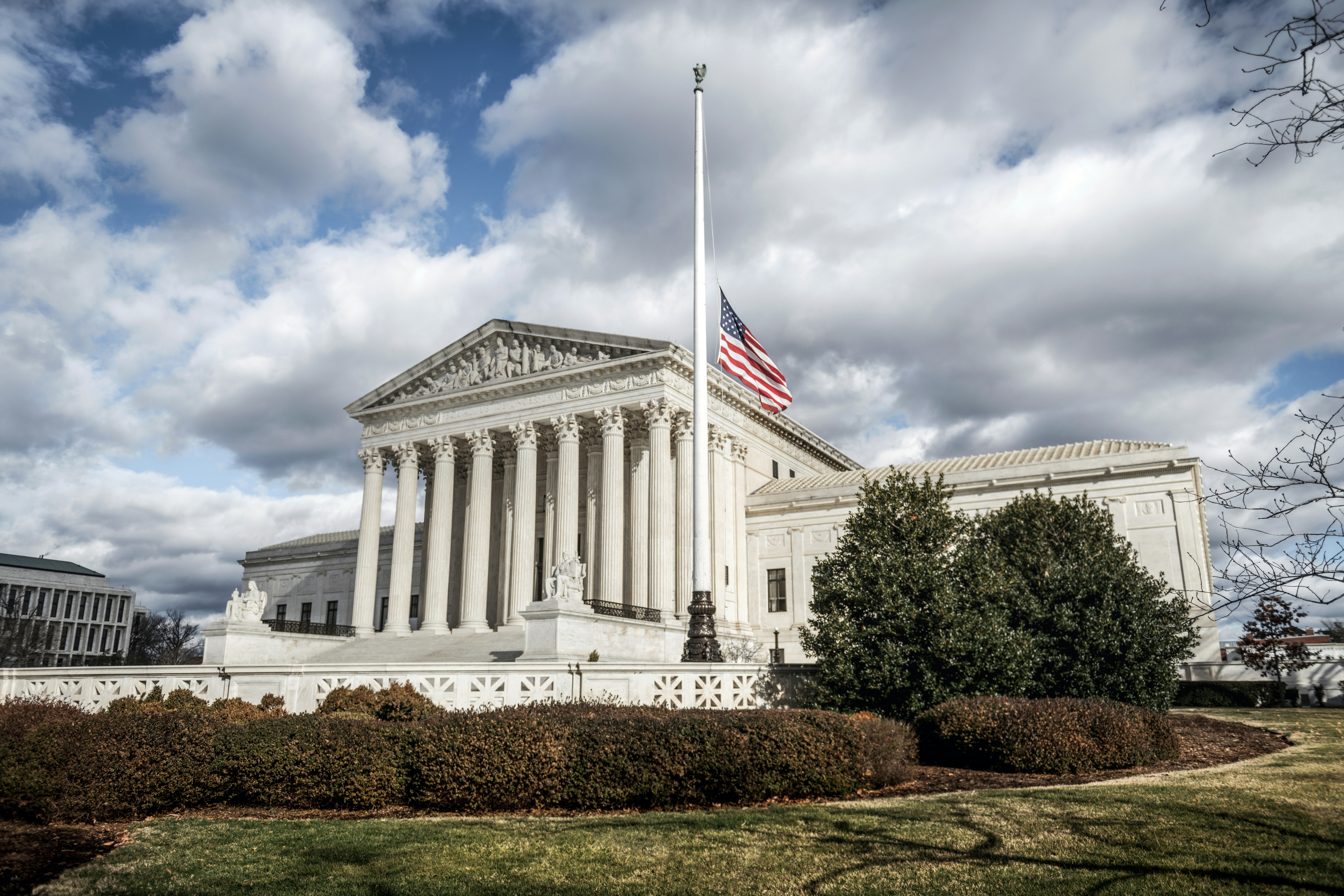Deciphering the Intricacies of Federalism: The Balance of Power in the United States
Introduction: Delve into the intricate world of federalism in the United States, a delicate and complex balance of power between national and state governments. This article unravels the historical development, key legal milestones, and the current landscape of federalism, providing a fresh and unique perspective on this integral aspect of the U.S. governmental structure.

Historical Context of Federalism
Born out of the U.S. Constitution, federalism emerged as a revolutionary concept in governance. This novel system divided powers between the national government and the states, a stark contrast to the authoritarian rule prevalent in the 18th century. The Constitution’s Article I, Section 8, and the 10th Amendment mainly define these powers, creating a dual sovereignty system where neither level of government could usurp the other’s authority.
Key Legal Milestones in Federalism
The interpretation of federalism has been shaped by numerous legal milestones over the years. Seminal cases like McCulloch v. Maryland (1819) and Gibbons v. Ogden (1824) have reinforced the supremacy of national law and the broad interpretation of Congress’s powers. However, the 20th century witnessed a shift towards state rights with cases like National League of Cities v. Usery (1976), providing states with immunity from federal laws under certain circumstances.
Current Landscape: Continuing Evolution of Federalism
The interpretation of federalism continues to evolve in the 21st century. Recent issues like healthcare reform and marijuana legalization have brought significant debates on the roles of national and state governments. As these issues unfold, the concept of federalism is continually being reshaped, reflecting the dynamic nature of the U.S. legal system.
Implications and Impact of Federalism on Society
Federalism has profound implications for society. It allows for policy experimentation at the state level, which can lead to more tailored and efficient solutions for local issues. However, it can also create disparities in rights and services across states, leading to debates on issues such as education funding and healthcare access.
Federalism: A Balance of Depth and Accessibility
Understanding the complexities of federalism is crucial for informed citizenship. It’s not merely a legal concept but a living, breathing system that shapes everyday life in the U.S. As citizens, we are stakeholders in this system, and understanding its intricacies can empower us to engage more effectively in the democratic process.
In conclusion, federalism represents the delicate balance of power in the United States, shaping the nation’s legal and societal landscape. As it continues to evolve, it remains a captivating topic, offering insights into the country’s past, present, and future.




